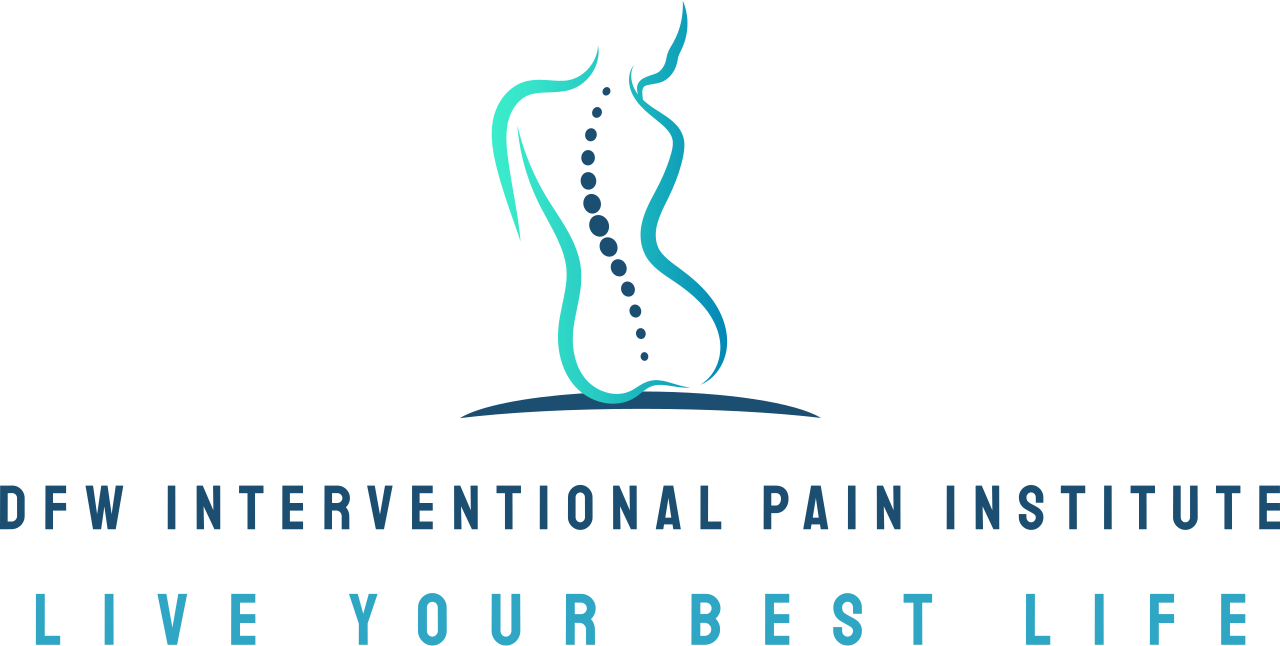When should you consider radiofrequency ablation?
Chronic pain is one of the most debilitating conditions, eroding one's quality of life and hindering daily activities. Thankfully, pain management procedures like radiofrequency ablation can help mitigate this pain and restore functionality. Radiofrequency ablation, also known as RFA, is a minimally invasive procedure that involves using heat to destroy or reduce the nerve function responsible for transmitting pain. While RFA can be a game-changer for chronic pain sufferers, it's vital to understand what it entails and when it's appropriate to consider it.
In this blog post, we’ll discuss into everything you need to know about radiofrequency ablation, what types of pain it can help with, when to consider it, what the recovery process is like and why DFW Interventional Pain Institute can help you best when considering a radiofrequency ablation.
What is radiofrequency ablation and how does it work?
Radiofrequency ablation (RFA) is a medical procedure that uses a small electric current produced by radio waves (radiofrequency) to heat up an area of nerve tissue to decrease pain signals from that area. This helps in interrupting the pain signals to the brain sent by the affected nerves. The ablation procedure can be performed on different areas of the body, including the neck, back, and knees, among others.
Radiofrequency ablation has roots that trace back to the early 20th century. However, it was not until the 1930s that medical professionals began documenting the use of radiofrequency currents to treat chronic pain. This was an era marked by significant advancements in electrical engineering and radio transmission technology, paving the way to innovate medical procedures.
The 1980s witnessed a major breakthrough in RFA technology with the introduction of a new technique called "continuous radiofrequency". This method allowed for a continuous flow of high frequency current, resulting in higher temperatures and a larger lesion size. Despite the promising potential, it wasn't until the 1990s that RFA began to gain widespread acceptance in the medical community. Today, with advancements in imaging technologies and the development of improved radiofrequency generators, RFA has become a safe, effective, and minimally invasive option for pain management.
Types of pain that radiofrequency ablation can help with
Radiofrequency ablation can be an effective treatment for different types of chronic pain, including osteoarthritis, chronic back pain, neck pain, sacroiliac joint pain, and headaches, among others. However, RFA may not be suitable for everyone, and it's essential to consider the severity and the duration of the pain to determine if RFA is the right treatment option. For instance, if the pain is acute or has been present only for a few weeks, RFA may not be the best option.
It’s important to consult with your doctor to assess if you are a good candidate for this type of treatment and determine if it's right for you. When you book an appointment at DFW Interventional Pain Institute, Dr. Lopez will provide a comprehensive screening to determine if radiofrequency ablation is a treatment method worth looking into. If not, we'll make sure we find an alternative solution to get you back to living your best life.
When to consider radiofrequency ablation
Any pain that lasts for more than three months is considered chronic pain. If you've been experiencing pain for an extended period, it would be wise to seek pain management alternatives. Radiofrequency ablation is a viable treatment option when other conservative management options have failed, including medications, physical therapy, and corticosteroid injections, among others.
What you can expect during a typical radiofrequency ablation procedure
Having a radiofrequency ablation procedure is a straight-forward process, beginning with a detailed discussion with your doctor about your medical history and the particular area in your body from where the pain is originating. On the day of the procedure, you will be positioned comfortably on an X-ray table, where you'll undergo a mild sedation to ensure you're relaxed but awake.
The area of your body to be treated will be cleansed and numbed, and then the doctor will use X-ray guidance (fluoroscopy) to insert a thin needle to the target area. An electrical current produced by a radio wave is passed through an insulated needle to heat the nerve tissue, disrupting the nerve's ability to send pain signals. This procedure typically lasts for about 90 minutes.
What to expect during the recovery process from a radiofrequency ablation procedure
Following the procedure, you will rest in a recovery room under observation for a while, usually a few hours. Most patients can walk around soon after the procedure and are typically able to go home on the same day. As the local anesthetic wears off, you might experience some discomfort, but this can be managed with typical over-the-counter pain medication.
It's crucial to remember that the effects of radiofrequency ablation are not immediate. The full pain-relieving effects usually take two to three weeks to manifest. Regular follow-ups with the doctor are important to monitor the recovery process and evaluate the effectiveness of the treatment. In the hands of experienced specialists like Dr. Lopez at DFW Interventional Pain Institute, radiofrequency ablation is a safe and effective technique to manage chronic pain and improve your quality of life.
Contact us at DFW Interventional Pain Institute to see if a radiofrequency ablation can help with your chronic pain
Chronic pain can be physically and emotionally debilitating, but radiofrequency ablation can help you get back to living your best life. It's essential to seek proper pain management early to prevent complications. With Dr. Edrick Lopez's expertise and compassionate approach, you can receive personalized attention and quality care to meet your needs. Don't let chronic pain hinder your life a moment further. Contact us at DFW Interventional Pain Institute today and book an appointment to get back on the path to live your best life.

